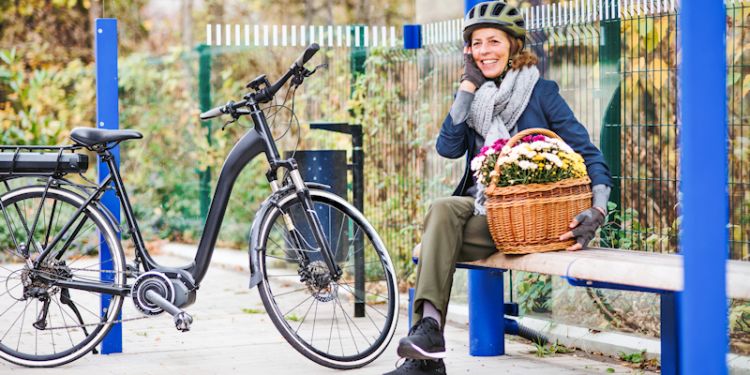Global study uncovers best ways to change consumption to cut carbon footprint

Experts including researchers at the university, screened nearly 7,000 studies from across the globe to develop a list of the most effective changes to household consumption to cut carbon footprints.
Household activities account for around two-thirds of global greenhouse gases. As governments begin to plan for recovery from the coronavirus pandemic, consideration of these options would help to inform decisions that could impact the climate crisis.
The research team measured the potential for emissions cuts through changes in consumption of food, transport and housing. The graphic below highlights the most viable options and how they could help to achieve climate targets.

Figure: The most viable options for reducing your carbon footprint cover a range of options, from living car-free to installing renewable energy-based heating.
Implementing all of the top 10 options would have a huge average mitigation impact of up to 9 tonnes of carbon dioxide equivalent per person, per year in a high-consuming, high-income context.
To achieve such substantial impacts, existing systemic barriers need to be removed to enable people to shift to low-carbon consumption. Responsibility starts at government level if the potential is to be realised fully.
What are the most effective options?
Transport options have the highest potential for change, especially if people live car-free, shift to a battery electric vehicle and/or take fewer long-distance flights. Both car and air travel tend to increase sharply with rising income, so these mitigation changes are particularly important in a high-income context.
Adopting a vegan diet has the biggest impact from a food perspective. Other considerations such as how food has been prepared, stored, produced and sourced are important. Reducing animal-based products in our diet may come with various health improvements, which is an important additional benefit in the context of the coronavirus crisis.
Investing in generating renewable electricity saves the most emissions from a housing point-of-view, with refurbishment and renovation to improve the insulation and energy efficiency of the home also making the top ten list.
The top ten options shown from this research are available to us now, without the need for development of expensive new technologies.
CREDS and University of Leeds Researcher, Diana Ivanova, who lead the study, said: “The top ten options shown from this research are available to us now, without the need for development of expensive new technologies. Focusing on energy demand reduction clearly presents the lowest mitigation challenges and provides huge potential mitigation impacts.
“The recent coronavirus crisis ‘lockdown’ has shown the world that options such as living car-free are possible and have a huge impact on the environment. This period of low carbon emissions should motivate governments to strive for strong environmental policies that enable new ways of consuming. Over-consumption is linked to environmental disaster and this study shows the options we should be focusing on in order to tackle the climate emergency.”
Average carbon footprint
The average carbon footprint in some continents is more than four times the per person climate target for 2030. Carbon footprints are extremely unequally distributed, with wealthier people and countries releasing more greenhouse gases into the environment.
Adoption of these options, starting at government policy level, would have a truly significant impact on achievement of climate targets across the world. These options would help to enable a new lower carbon normality, rather than returning to the pre-coronavirus ‘business as usual’.
Publication details
Ivanova, D., Barrett, J., Wiedenhofer, D., Macura, B., Callaghan, M. and Creutzig, F. 2020. Quantifying the potential for climate change mitigation of consumption options. Environmental Research Letters. doi: 10.1088/1748-9326/ab8589




